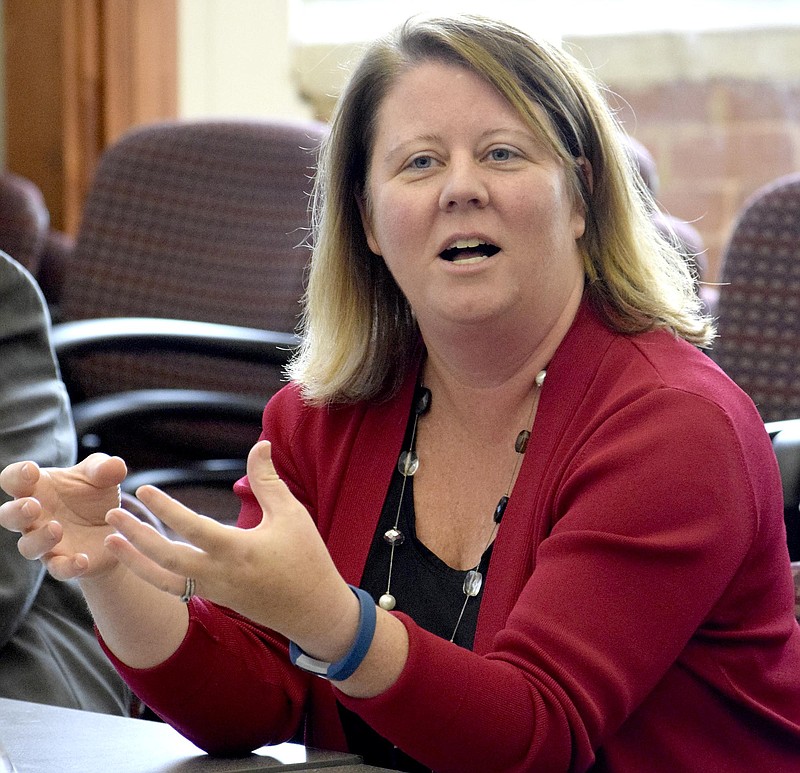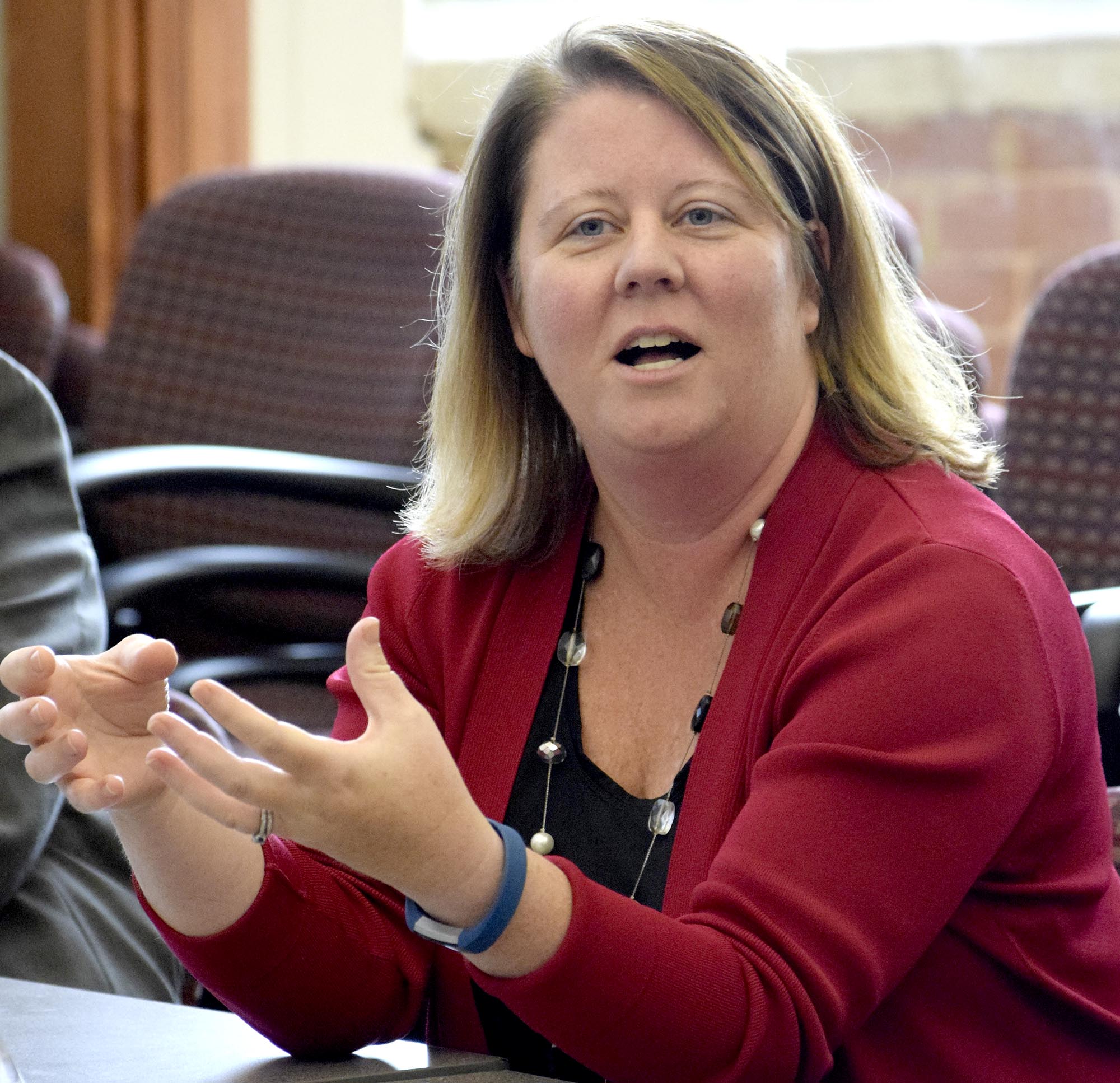When IBM surveyed more than 1,500 CEOs about the most important leadership quality for success in business, creativity was the most cited attribute from 60 percent of the world's top business leaders.
Educators and arts backers told Chattanooga business leaders Thursday that art and music instruction in schools and colleges are key to nurturing such creativity and leadership skills for future bosses and other workers. But too often, arts instruction is being cut in elementary and secondary schools in favor of those programs which are measured annually with school test results.
"Arts play a huge part in what makes education joyful for kids," Jill Levine, chief academic officer for the Hamilton County school system, told the 2017 BOOST (Business Owners Opportunity for Success) summit on Thursday. "We want to bring back the joy of education to our schools because we know when children are motivated to learn, they will learn far more."
Levine said over the past couple of decades, however, the amount of art and music taught in many schools has been cut as educators focus on academic disciplines that are included on school test scores.
"The curriculum of schools all over the nation has become narrowed to a point that so many schools are teaching only reading and math for one purpose - testing," she said. "We're in a culture where testing decides everything - whether teachers get raises, whether principals get promoted and whether parents send kids to particular schools."
Music, theater and visual art teachers were reduced or eliminated in many schools, but Levine said Hamilton County is working to change that as part of its effort to engage more students in school and create more of a love of learning in the classroom. Hamilton County is adding more art and music teachers to ensure students at all schools get opportunities for creative arts programs, Levine said.
Only 24 percent of the elementary school students in Hamilton County public schools now have an arts teacher "so we know we have to do more," she said.
Hamilton County schools launched a program known as "cue the artist," backed by a local foundation, to help provide elementary classroom teachers with the tools and training to teach visual arts themselves in the classroom. As a result, 1,160 additional second-grade students have gotten a semester of visual arts this year in Hamilton County, Levine said.
The school board is proposing a budget next year that will include additional funding for five more art teachers.
"We need your support to convince the county commission to fund our request," Levine told the Enterprise Gateway Chamber of Commerce luncheon meeting.
Research shows art and music programs help engage students in school, boosting performance and attendance.
Rodney VanValkenburg, director of grants and infrastructure at Arts Build, said graduation rates for students who participate in music or arts programs averaged 91 percent in one study, compared with a 61 percent graduation rate for students who did not participate in music or arts programs.
A Nashville music program in the schools known as "Music Makes Us" has helped boost attendance among participants to 91 percent on any given school day, compared with 83 percent for those who are not in the program.
UTC Chancellor Steve Angle said the university is working to promote more creative arts in more disciplines to meet the market demands for creative leaders and to help interact with Chattanooga, where arts programs and events already generate $106 million a year in revenues, VanValkenburg said.
The city of Chattanooga also is trying to do more than just provide basic infrastructure for its citizens, according to Chief Operating Officer Maura Sullivan.
City Hall helps fund the Tivoli Theatre, Memorial Auditorium, Bessie Smith Cultural Center, the Chattanooga Zoo, the Sculpture Gardens and numerous parks and recreation facilities that house arts and music events, Sullivan said.
"If the city is not contributing to the quality of life for those who live in this community, then we are not doing our job," Sullivan said.
Contact Dave Flessner at dflessner@timesfreepress.com or at 423-757-6340.

